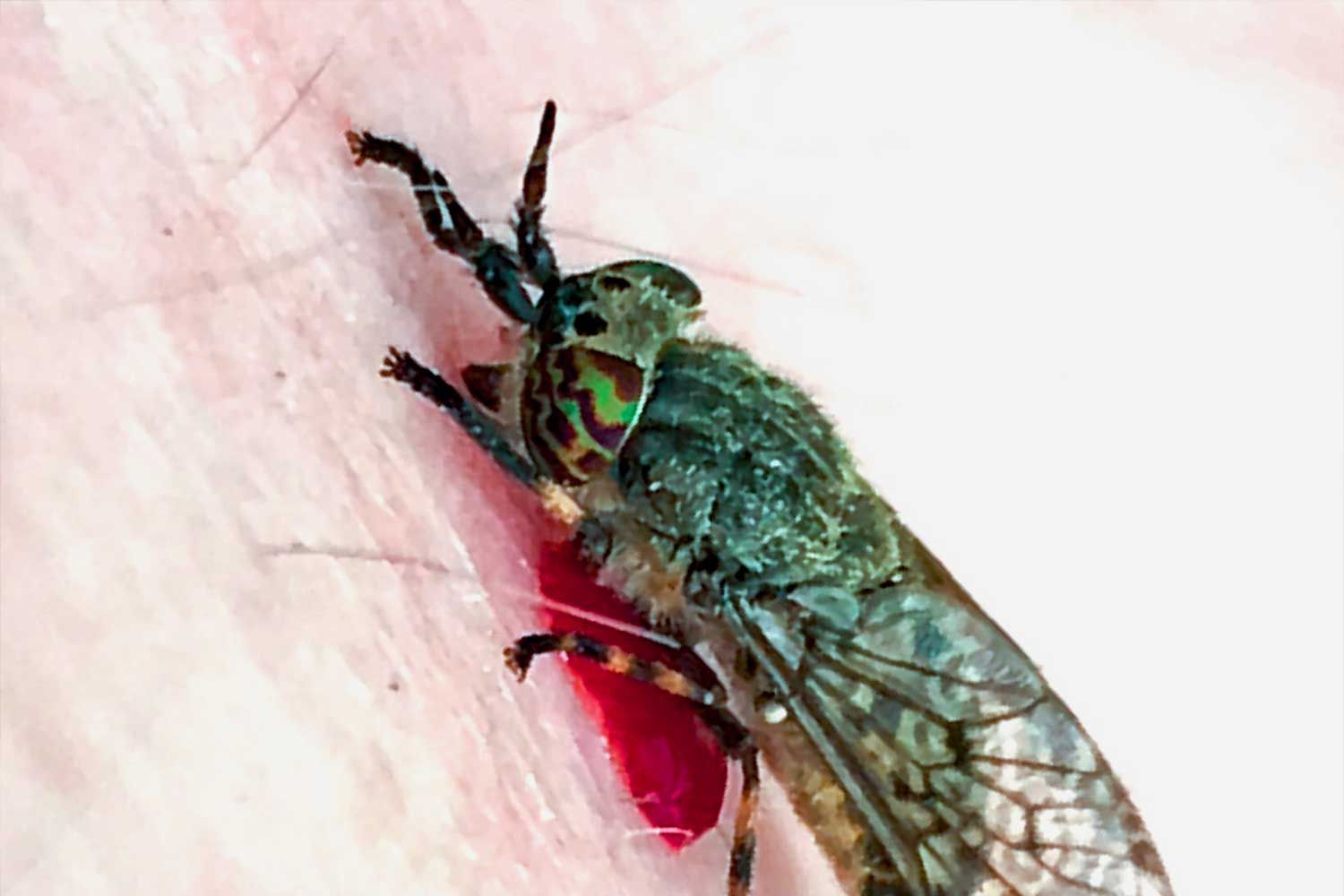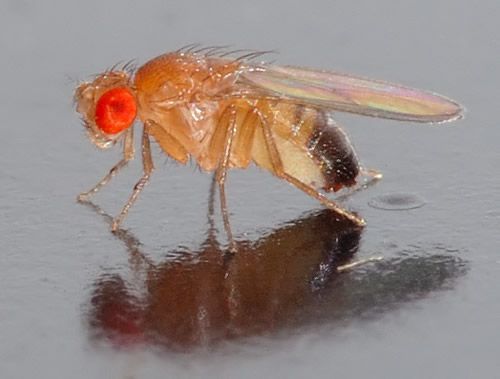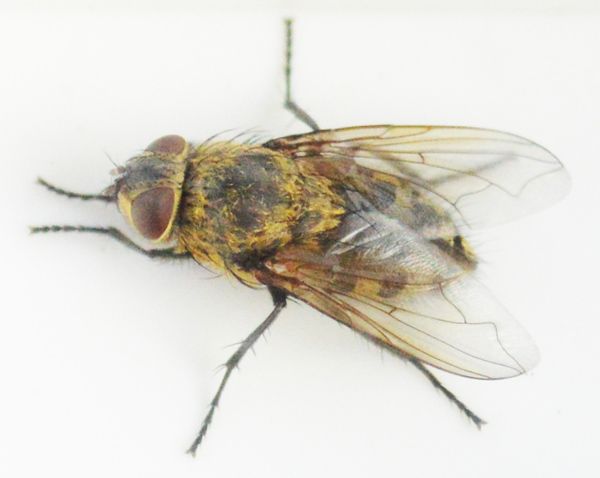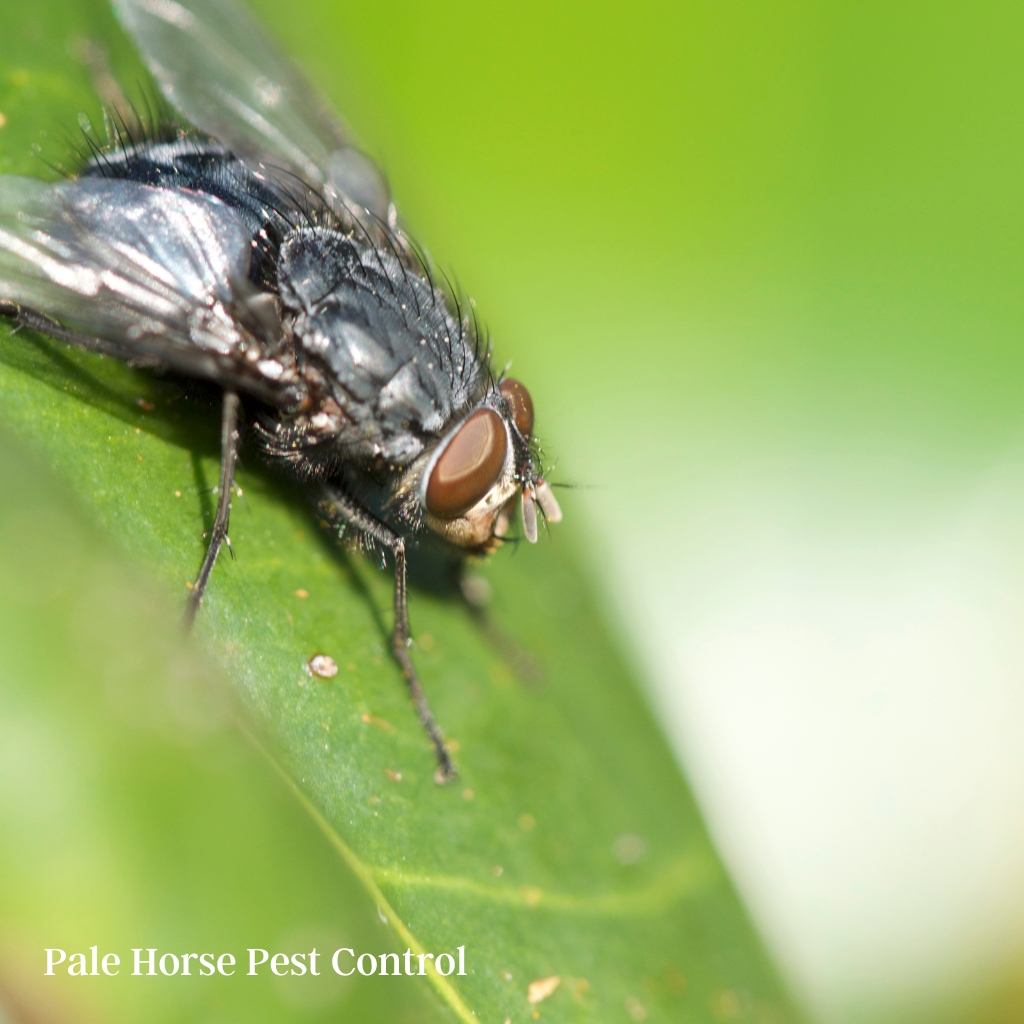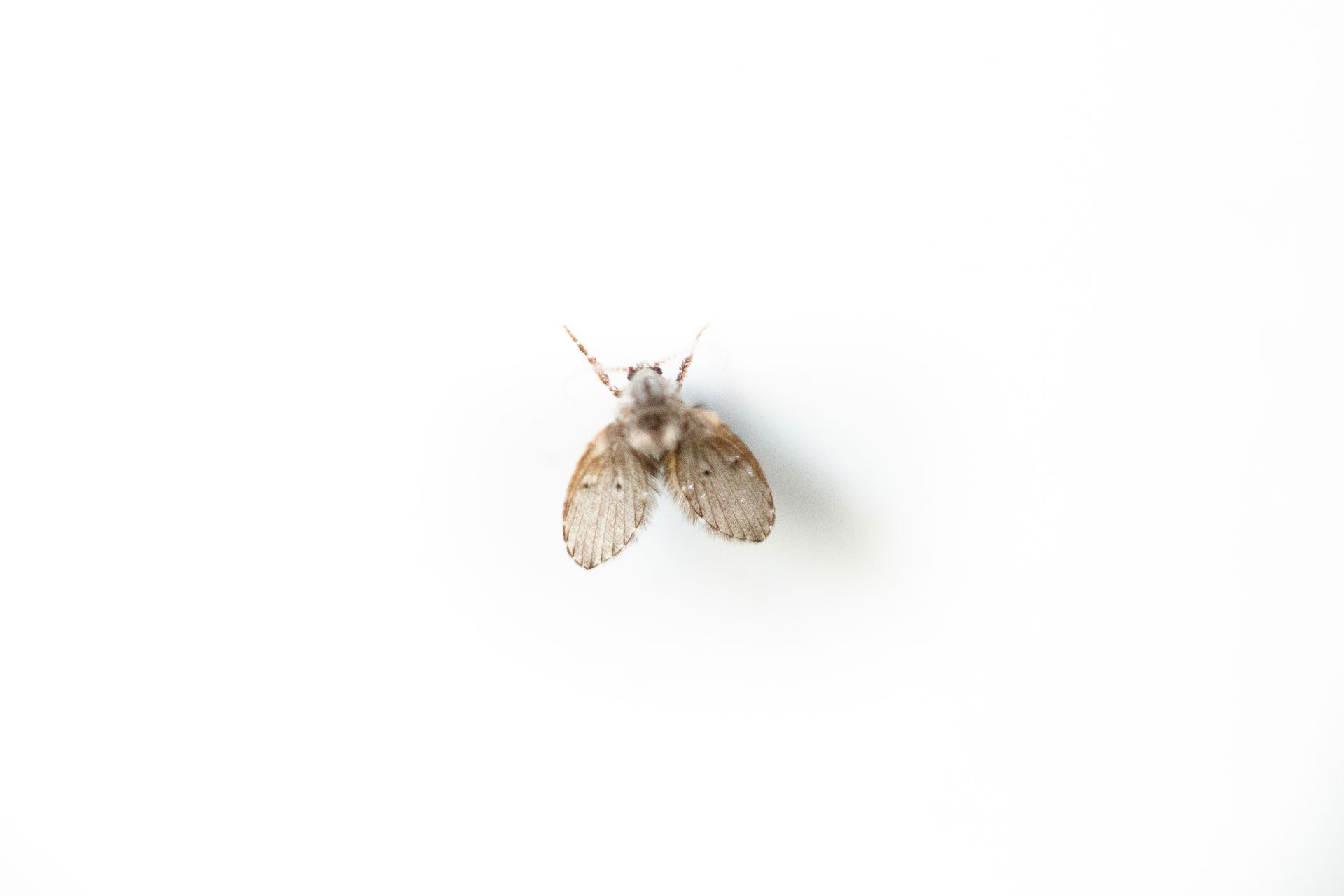Fly Control
Say goodbye to flies with our professional fly control services in Bristol and Bath. Our comprehensive fly prevention methods will help keep flies away for good. Start enjoying a fly-free living space today!
Flies: Get Rid Of Flies - The Pest That No One Wants!
Flies are one of the most common pests found in homes and businesses across Bristol. These winged insects can be incredibly frustrating to deal with, not only because of the noise they make, but also because of the potential health hazards they can pose.
In this article, we'll take a closer look at the different types of flies that are commonly found in Bristol, as well as some tips on how to prevent and control them.
Types of Flies in Bristol
There are several different types of flies that can be found in Bristol, but some of the most common include:
- House flies: These are the most common type of fly found in homes and businesses. They are attracted to food and can spread disease.
- Blow flies: These flies are typically found near garbage, dead animals and decaying organic matter. They are larger than house flies and can be distinguished by their metallic green or blue colour.
- Fruit flies: These flies are small and are often found near rotting fruit or vegetables. They are attracted to fermented materials and can reproduce quickly.
- Drain flies: These flies are also known as moth flies and are commonly found in and around sinks and drains. They can be identified by their small size and fuzzy appearance.
- Cluster Flies: These common flies come in a few different forms, but they share a lifecycle in the soil of grassy areas where their larvae are parasites of earthworms. Thousands of flies often overwinter in attics, lofts window frames.
- Horse Flies: Large biting flies that feed on mammalian blood and leave behind infections that can become severe. Their silent flight makes them look like they are floating, but beware when they land and settle.
House flies (Musca domestica)
These are small, grayish-black flies that are commonly found in households and other human-inhabited environments. They are about 6-7 mm in length, with distinctive red eyes and a single pair of transparent wings. House flies are known for their ability to spread diseases, as they can carry harmful bacteria and other pathogens on their bodies and legs.
The life cycle of house flies begins as eggs, which are laid by the female on rotting organic material such as garbage, compost, or animal waste. Within a day or two, the eggs hatch into larvae, commonly known as maggots. The maggots feed on the decaying organic material, growing and molting several times before pupating. After several days, the pupae emerge as adult flies, ready to mate and lay eggs.
The habitat of house flies is quite flexible, as they can survive in a wide range of environments as long as there is a source of food and moisture. They are commonly found in and around human habitations, such as homes, schools, hospitals, and other buildings. They are also commonly found in livestock facilities, where they can breed in animal waste. In addition, they are often found in outdoor areas such as parks, gardens, and other green spaces.
Overall, house flies are a major concern due to their ability to spread diseases, and controlling their populations is essential for maintaining public health and preventing the spread of infections.
Blow flies (Calliphoridae and Lucillia)
These often noisy are family of large, metallic-coloured flies that are commonly found near dead animals and other decaying organic material. They are typically larger than house flies and fruit flies, ranging in size from 8-16 mm in length, with distinctive blue, green, or metallic bodies. Blow flies play an important role in the ecosystem as they are important decomposers, breaking down dead animal and plant matter and returning important nutrients to the soil.
The life cycle of blow flies begins as eggs, which are laid by the female on the surface of dead animals or other decaying organic material. Within a day or two, the eggs hatch into larvae, commonly known as maggots. The maggots feed on the decaying material, growing and molting several times before pupating. After several days, the pupae emerge as adult flies, ready to mate and lay eggs. The entire life cycle, from egg to adult, can take anywhere from a few days to several weeks, depending on the species and environmental conditions.
The habitat of blow flies is typically near dead animals and other decaying organic material, such as carrion, animal waste, and compost piles. They are also commonly found in garbage disposals and drains, where they can breed in the organic material that accumulates there. Blow flies are attracted to moist, dark environments with a ready source of food, such as those found near garbage cans, compost piles, and rotting fruit.
Overall, blow flies play an important role in the ecosystem as decomposers, breaking down dead animal and plant matter and returning important nutrients to the soil. However, they can also be a nuisance in human-inhabited environments, where their presence near dead animals or garbage can cause health and sanitation concerns. Effective control measures include removing dead animals and other decaying organic material, keeping garbage cans and compost piles covered, and the use of insecticides or other chemical controls if necessary.
Fruit flies (Drosophila melanogaster)
These flies are small, dark-coloured flies that are commonly found near overripe or rotting fruit and vegetables. They are about 3-4 mm in length, with distinctive red eyes and a single pair of transparent wings. Fruit flies are known for their ability to lay their eggs in rotting fruit, which provides a ready source of food for the emerging larvae.
The life cycle of fruit flies begins as eggs, which are laid by the female on the surface of overripe or rotting fruit and vegetables. Within a day or two, the eggs hatch into larvae, which feed on the fruit and grow rapidly. After several days, the larvae pupate and then emerge as adult flies, ready to mate and lay eggs. The entire life cycle, from egg to adult, can be completed in as little as 7-10 days, allowing fruit fly populations to grow quickly.
The habitat of fruit flies is typically near overripe or rotting fruit and vegetables, both in homes and in commercial fruit storage facilities. They are also commonly found in garbage disposals and drains, where they can breed in the organic material that accumulates there. Fruit flies are attracted to moist, dark environments with a ready source of food, such as those found near compost piles, garbage cans, and rotting fruit.
Overall, fruit flies are a common household pest, and controlling their populations can be a challenge due to their rapid life cycle and ability to breed in a wide range of environments. Effective control measures include regular cleaning and removal of food sources, proper storage of fruit and vegetables, and the use of insecticides or other chemical controls.
Drain flies (Psychodidae)
These flies are small, moth-like flies that are commonly found near drains, sink and shower traps, and other moist, organic-rich areas. They are also known as sewer flies, sink flies, and filter flies.
The life cycle of drain flies begins as eggs, which are laid in moist organic material such as slimy buildup in drains, sink traps, and shower stalls. The eggs hatch into larvae, which feed on the organic material, including bacteria, fungi, and other small organisms. After several days or weeks, the larvae pupate and emerge as adult flies.
The habitat of drain flies is in moist, organic-rich areas near drains, sink traps, and shower stalls, where they feed on bacteria, fungi, and other small organisms. Drain flies are often found inside homes and buildings, where they can be a nuisance and a health concern due to their association with unsanitary conditions.
Overall, drain flies can be effectively controlled by removing the source of their food, which is the buildup of organic matter in drains, sink traps, and shower stalls. This can be accomplished by using a strong jet of water to flush the drains, using chemicals to dissolve the organic material, or using insecticides or other chemical controls to kill the larvae and adult flies.
In addition, reducing moisture in the bathroom and kitchen, using a bathroom fan, and ensuring proper ventilation can also help prevent drain fly infestations.
Cluster flies (Pollenia rudis)
These are a species of flies that are commonly found in homes and buildings in the late summer and autumn. They are larger than the more familiar house fly, measuring about 8-10 mm in length, with a distinctive golden-yellow colour and a slow, sluggish flight.
Unlike other fly species that feed on decaying organic material or sugary substances, cluster flies feed on flower nectar and pollen, and they play an important role in the ecosystem as pollinators.
The life cycle of cluster flies begins as eggs, which are laid in soil or other organic material. Within a few days, the eggs hatch into larvae, which feed on earthworms and other soil-dwelling insects. After several weeks, the larvae pupate, and then emerge as adult flies in the late summer or early fall. It is at this time that cluster flies are commonly found in homes and buildings, seeking shelter from the colder weather.
The habitat of cluster flies is primarily in wooded or grassy areas near homes and buildings, where they feed on flowers and other vegetation. In the late summer and fall, they are commonly found inside homes and buildings, seeking shelter from the colder weather. Cluster flies will often enter through small cracks or crevices in the building's exterior, and once inside, they will aggregate in large numbers in attics, wall voids, and other warm, dark areas.
Overall, cluster flies play an important role in the ecosystem as pollinators, but they can be a nuisance in homes and buildings, where their presence in large numbers can cause health and sanitation concerns.
Effective control measures include sealing cracks and crevices in the building's exterior to prevent their entry, removing accumulated clusters of flies using vacuum cleaners or sticky tape, and the use of insecticides or other chemical controls if necessary.
Horse flies (Tabanidae)
These are a family of large, robust flies that are found in a variety of habitats, including forests, meadows, and wetlands. They are known for their painful bites, which they use to feed on the blood of mammals, including horses, cattle, and humans.
The life cycle of horse flies begins as eggs, which are laid in or near water, in moist soil, or on vegetation. The eggs hatch into larvae, which feed on organic matter in the soil, or on small aquatic insects, depending on the species. After several weeks or months, the larvae pupate and emerge as adult flies.
The habitat of horse flies is diverse, and depends on the species. Some species are found in wetlands and near bodies of water, while others are found in wooded or grassy areas. Horse flies are active during the day, and are most commonly seen near their host animals or humans, where they will feed on blood in order to produce eggs.
Overall, horse flies can be a significant problem for horses, cattle, and humans, as their bites are painful and can transmit diseases. Effective control measures include the use of insect repellents, wearing protective clothing, and reducing the amount of standing water in and around the home and property, as well as the use of insecticides or other chemical controls if necessary.
How to Prevent Flies
The best way to prevent flies from becoming a problem is to keep them from entering your home or business in the first place. Here are some tips to help keep flies at bay:
- Keep windows and doors closed as much as possible, especially during the warmer months.
- Use fly-screens on windows and doors to keep nuisance flies from entering.
- Keep food stored in sealed containers and dispose of garbage and food waste regularly.
- Use fly traps or sticky fly paper to capture flies that do manage to enter your home or business.
- Keep outdoor areas clean and free of trash and rotting organic matter.
- Make sure that compost bins and manure of any kind is kept as far from the house as possible.
- Use hand held zappers to control flies and avoid pesticide sprays where possible.
How to Control Flies
If you're already dealing with a fly infestation, there are several methods you can use to control them. Here are a few options:
- Use a fly swatter or fly trap to capture and kill individual flies.
- Use insecticides or pesticides to kill flies and their larvae.
- Use a professional pest control service to get rid of flies and prevent future infestations.
Why Are Small Black Flies In The Bathroom?
If you've noticed small flies in your bathroom, it is likely that you are dealing with drain flies, also known as moth flies or sewer flies. These flies are attracted to the damp and humid environment of bathrooms and can be a major nuisance if left untreated.
According to a study, drain flies lay their eggs in the organic matter that accumulates in drains, such as hair, soap scum, and food particles. Once the eggs hatch, the larvae feed on the organic matter and eventually pupate into adult flies and also suggests that the best way to get rid of drain flies is by thoroughly cleaning the affected drains.
In addition, eliminating sources of standing water in the bathroom, such as leaky pipes or a dripping faucet. This is because drain flies need standing water to breed, so eliminating these sources can help prevent future infestations.
If the problem persists, it may be necessary to use insecticide sprays or traps. According to ResearchGate, these products are specifically designed to target drain flies and can be effective in controlling infestations.
It is important to note that while drain flies are a common problem in bathrooms, they can also be found in other areas of the home, such as kitchens and laundry rooms. These flies can be difficult to get rid of, and it may require multiple treatments to fully eliminate them.
In addition to the methods mentioned above, there are also natural remedies that can be used to control drain flies. For example, pouring a mixture of baking soda and vinegar down the drain can help to break down organic matter and kill larvae.
Regular cleaning and maintenance of drains is also important in preventing future infestations of drain flies. This includes regularly pouring boiling water down the drain and using a drain cleaner on a regular basis.
Overall, the key to getting rid of drain flies is to identify and eliminate the source of the infestation. By using a combination of cleaning, insecticide products, and natural remedies, you can effectively control and prevent drain fly infestations in your home.
Other Common Flies Found In Bathrooms Include:
- Cluster flies from air vents
- Greenfly and Black fly from open windows, from adjacent vegetation
- Gnats from house plants
- White fly from house plants
- Blow flies from dead animals in gutters and elsewhere
Always think and look outside the box!
